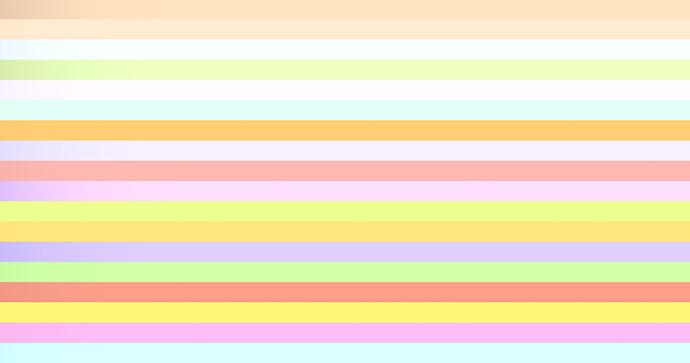Hey Jed … thanks for digging in …
While we certainly played with the maxRGB concept during the development of ACES 1.0, Doug’s Weighted Power algorithm came after.
Just for kicks, I applied it to some of the ACES 1.0 test images. Interestingly, it produced similar pictorial results to the maxRGB that caused us to move back to RGB tonescale methods in the current ACES system. rgbMax and weighted power certainly do a better job at preserving hue invariance as exposure increases, but as you noted, the saturated, bright highlights are certainly a less-than-desirable side-effect. We noted that highlights don’t desaturate until the source is clipped regardless how high their radiance is.
In the end we came to the conclusion that you hue linearity and saturation are desirable … unless they aren’t.
Each of the following images was rendered using @jedsmith nuke script referenced above using the weighted power option with yellow weights and the BT1886 EOTF
Retaining hue linearity and saturation looks good on neons and tail lights
Not so good on the sun.
Hard edged sun with colored rim typical of what we saw with maxRGB
Exposure sweep of MacBeth Color Checker
Exposure sweep of MacBeth Color Checker lifted 10 stops in ACES linear space (ACES * 2^{10}) - Nothing blows out unless the source data converges in all channels as happens with camera clipping.





